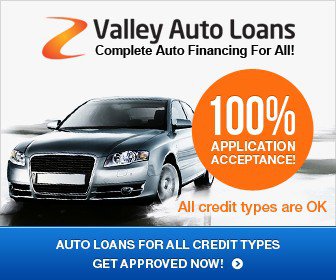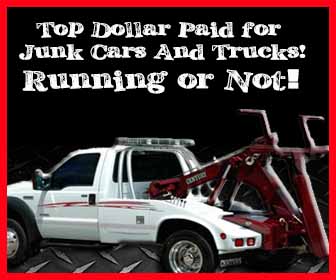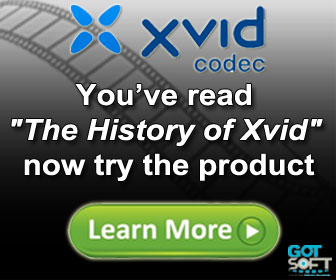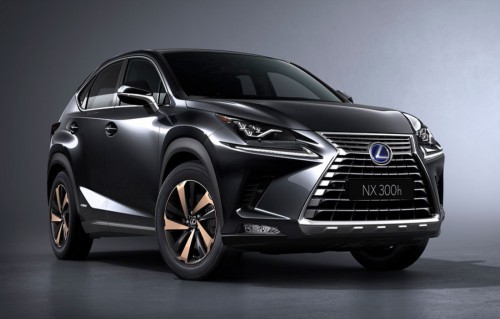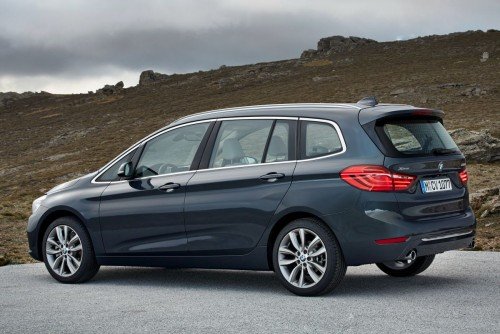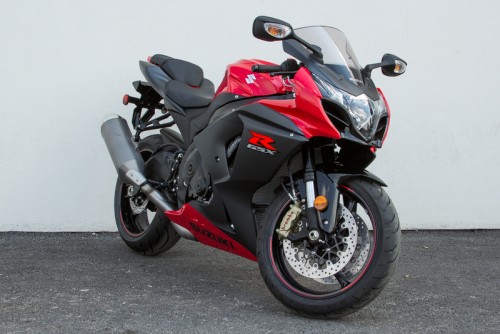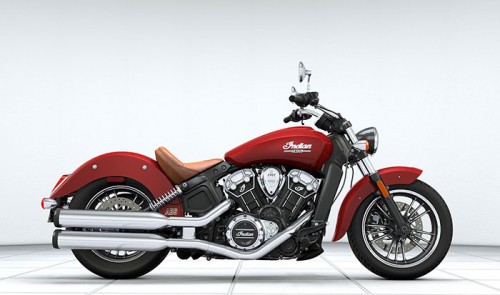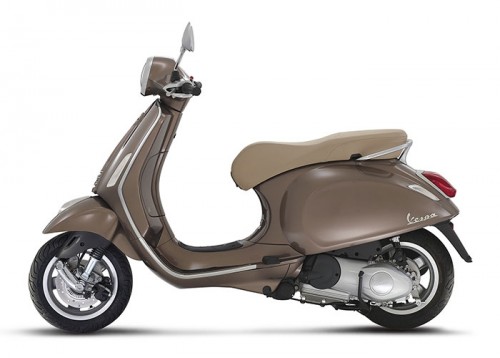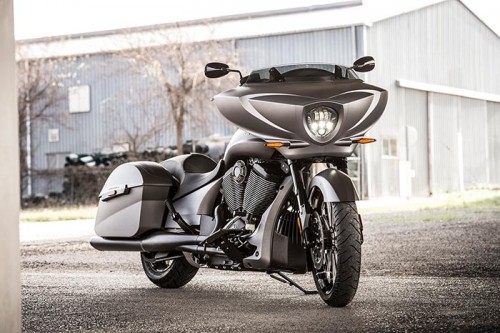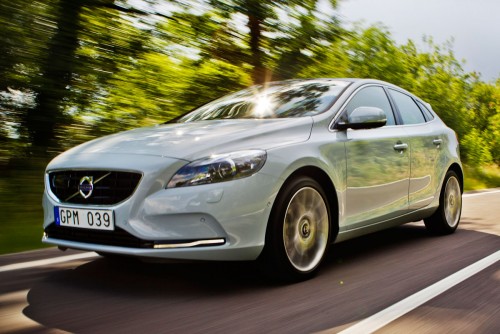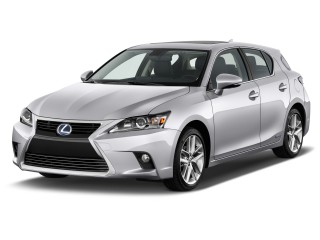About Hyundai
History
Chung Ju-Yung founded the Hyundai Engineering and Construction Company in 1947. Hyundai Motor Company was later established in 1967. The company's first model, the Cortina, was released in cooperation with Ford Motor Company in 1968. When Hyundai wanted to develop their own car, they hired George Turnbull, the former Managing Director of Austin Morris at British Leyland. He in turn hired five other top British car engineers. They were Kenneth Barnett body design, engineers John Simpson and Edward Chapman, John Crosthwaite ex-BRM as chassis engineer and Peter Slater as chief development engineer.In 1975, the Pony, the first Korean car, was released, with styling by Giorgio Giugiaro of ItalDesign and powertrain technology provided by Japan's Mitsubishi Motors. Exports began in the following year to Ecuador and soon thereafter to the Benelux countries.
In 1984, Hyundai exported the Pony to Canada, but not to the United States, because the Pony didn't pass emissions standards there. Canadian sales greatly exceeded expectations, and it was at one point the top-selling car on the Canadian market. In 1985, the one millionth Hyundai car was built.
In 1986, Hyundai began to sell cars in the United States, and the Excel was nominated as "Best Product #10" by Fortune magazine, largely because of its affordability. The company began to produce models with its own technology in 1988, beginning with the midsize Sonata. In the spring of 1990, aggregate production of Hyundai automobiles reached the four million mark. In 1991, the company succeeded in developing its first proprietary gasoline engine, the four-cylinder Alpha, and also its own transmission, thus paving the way for technological independence.
In 1996, Hyundai Motor India Limited was established with a production plant in Irungattukottai near Chennai, India.
In 1998, Hyundai began to overhaul its image in an attempt to establish itself as a world-class brand. Chung Ju Yung transferred leadership of Hyundai Motor to his son, Chung Mong Koo, in 1999. Hyundai's parent company, Hyundai Motor Group, invested heavily in the quality, design, manufacturing, and long-term research of its vehicles. It added a 10-year or 100,000-mile (160,000 km) warranty to cars sold in the United States and launched an aggressive marketing campaign.
In 2004, Hyundai was ranked second in "initial quality" in a survey/study by J.D. Power and Associates. Hyundai is now one of the top 100 most valuable brands worldwide. Since 2002, Hyundai has also been one of the worldwide official sponsors of the FIFA World Cup.
In 2006, the South Korean government initiated an investigation of Chung Mong Koo's practices as head of Hyundai, suspecting him of corruption. On 28 April 2006, Chung was arrested, and charged for embezzlement of 100 billion South Korean won (US$106 million).[17] As a result, Hyundai Vice Chairman and CEO, Kim Dong-jin, replaced him as head of the company. On 30 September 2011, Yang Seung Suk announced his retirement as CEO of Hyundai Motor Co. In the interim replacement period, Chung Mong-koo and Kim Eok-jo will divide the duties of the CEO position.
Research and development
Hyundai has 6 centres worldwide, located in Korea (three offices), Germany, Japan and India. Additionally, there is an American design centre in California that develops designs for US markets.
Business
See also: Hyundai
In 1998, after a shake-up in the Korean auto industry caused by overambitious expansion and the Asian financial crisis, Hyundai acquired rival Kia Motors. In 2000, the company established a strategic alliance with DaimlerChrysler and severed its partnership with the Hyundai Group. In 2001, the Daimler-Hyundai Truck Corporation was formed. In 2004, however, DaimlerChrysler divested its interest in the company by selling its 10.5% stake for $900 million.
Hyundai has invested in manufacturing plants in the North America, India, the Czech Republic, Pakistan, China and Turkey as well as research and development centres in Europe, Asia, North America and the Pacific Rim. In 2004, Hyundai Motor Company had $57.2 billion in sales in South Korea making it the country's second largest corporation, or chaebol. Worldwide sales in 2005 reached 2,533,695 units, an 11 percent increase over the previous year. In 2011, Hyundai sold 4.05 million cars worldwide and the Hyundai Motor Group was the world's fourth largest automaker behind GM, Volkswagen and Toyota - a distinction it earned when it surpassed Ford Auto Group in 2009.Hyundai vehicles are sold in 193 countries through some 5,000 dealerships.
The Hyundai brand power continues to rise as it was ranked 65th in the 2007 Best Global Brands by Interbrand and BusinessWeek survey, with brand value estimated at $5.0 billion. Public perception of the Hyundai brand has been transformed as a result of dramatic improvements in the quality of Hyundai vehicles. As of 2011, it is the world's fastest growing car brand for two years running.
Hyundai Motor America began selling cars in the USA on 20 February 1986, with a single model, the Hyundai Excel. The Excel was offered in a variety of trims and body styles. That year, Hyundai set a record of selling the most automobiles in its first year of business in the United States compared to any other car brand; total sales in 1986 were 168,882.
North America
USA
Initially well received, the Excel's faults soon became apparent; cost-cutting measures caused reliability to suffer. With an increasingly poor reputation for quality, Hyundai sales plummeted, and many dealerships either earned their profits on repairs or abandoned the product. At one point, Hyundai became the butt of many jokes (i.e. Hyundai stands for "Hope you understand nothing's driveable and inexpensive") and even made David Letterman's Top Ten Hilarious Mischief Night Pranks To Play In Space: No.8 – Paste a "Hyundai" logo on the main control panel.[28]
In response, Hyundai began investing heavily in the quality, design, manufacturing, and long-term research of its vehicles. It added a 10-year or 100,000-mile (160,000 km) powertrain warranty (known as the Hyundai Advantage) to its vehicles sold in the United States. By 2004, sales had dramatically increased, and the reputation of Hyundai cars improved. In 2004, Hyundai tied with Honda for initial brand quality in a survey/study from J.D. Power and Associates, for having 102 problems per 1000 vehicles. This made Hyundai second in the industry, only behind Toyota, for initial vehicle quality. The company continued this tradition by placing third overall in J.D. Power's 2006 Initial Quality Survey, behind only Porsche and Lexus.[29] Hyundai is ranked number 4 in World's Most Admired Companies under the motor vehicles section of CNN, after BMW (Bayerische Motoren Werke), Volkswagen and Daimler in 2011.
Hyundai continues to invest heavily in its American operations as its cars grow in popularity. In 1990, Hyundai established the Hyundai Design Center in Fountain Valley, California. The center moved to a new $30 million facility in Irvine, California in 2003, and was renamed the Hyundai Kia Motors Design and Technical Center. Besides the design studio, the facility also housed Hyundai America Technical Center, Inc. (HATCI, established in 1986), a subsidiary responsible for all engineering activities in the U.S. for Hyundai. Hyundai America Technical Center moved to its new 200,000-square-foot (19,000 m2), $117 million headquarters in Superior Township, Michigan (near Ann Arbor) in 2005. Later that same year, HATCI announced that it would be expanding its technical operations in Michigan and hiring 600 additional engineers and other technical employees over a period of five years. The center also has employees in California and Alabama.
Hyundai incorporated a new manufacturing facility, Hyundai Motor Manufacturing Alabama, in April 2002. The new plant in Montgomery, Alabama was completed during 2004, at a cost of $1.7 billion. Production started in May 2005. It employed more than 3000 workers in 2012.[30] Currently, the plant assembles the Hyundai Elantra, the Hyundai Sonata, and the Hyundai Theta engine. It is Hyundai's second attempt at producing cars in North America since Hyundai Auto Canada Inc.'s plant in Quebec closed in 1993.
Canada
In 1989, Hyundai Auto Canada Inc. opened a stamping and assembly plant in Bromont, Quebec, employing 800. The plant cost $387.7 million, with Quebec and Canadian federal government subsidies of $131 million.The plant was designed to manufacture approximately 2000 Hyundai Sonatas per week.Subsequently, Chrysler and Hyundai considered a joint venture that would have Chrysler rebranding the Sonata manufactured at Bromont – only to later announce the deal had failed. The Bromont plant was operational for four years before it closed – with Hyundai's sales unable to support the plant. With boost in sales in 2009, Hyundai Auto Canada Inc. is currently planning to build a new plant in Canada and resume production in Canada.Hyundai subsequently sold the plant, which was eventually purchased by Olymbec inc, a Quebec real estate developer. Hyundai is the No.1 import car brand in Canada without a local plant. Sales over 100,000 cars-per-year mark in 2012.
Mexico
Hyundai Motor México entered the Mexican market in 2014 with the Hyundai Grand i10, the Hyundai Elantra and the Hyundai ix35.
India
Hyundai Motor India Limited is currently the second largest auto exporter from India.[71] It is making India the global manufacturing base for small cars.
Hyundai sells several models in India, the most popular being the Santro Xing, i10, Hyundai EON and the i20. On 3 September 2013, Hyundai launched its much-awaited car, Grand i10 in petrol and diesel variants. Other models include the Getz, Accent, Elantra, second generation Verna, Santa Fe and the Sonata Transform. Hyundai has two manufacturing plants in India located at Sriperumbudur in the Indian state of Tamil Nadu. Both plants have a combined annual capacity of 600,000 units. In the year 2007, Hyundai opened its R&D facility in Hyderabad, employing now nearly 450 engineers from different parts of the country. Hyundai Motor India Engineering (HMIE) gives technical & engineering support in vehicle development and CAD & CAE support to Hyundai's main R&D centre in Namyang, Korea. Recently in mid 2014, Hyundai launched Xcent, a sedan based on successful Grand i10.
Japan
Despite having growing sales worldwide, Hyundai struggled in Japan, having sold only 15,000 passenger cars from 2001 to 2009.Following an announcement on November 2009, Hyundai pulled their passenger car division out of the Japanese market and focused on their commercial vehicle division instead.The company said that it is possible for them to come back to Japan fully if market conditions continue to improve. Currently the only Hyundai vehicle available in Japan is the Hyundai Universe bus.
Philippines
Hyundai is currently the third top selling automotive brand in the country. Hyundai's Getz, i10, Accent, SantaFe, Sonata and Grand Starex were among the models which brought Hyundai to the third spot. Hyundai almost doubled its sales in 2010 with 11,086 in 2009 to 20,712. Hyundai becomes the fastest growing automotive brand in the country.[citation needed]
Turkey
In September 1997, Hyundai opened a manufacturing plant in Turkey, located in İzmit, Kocaeli Province. The facility, named Hyundai Assan Otomotiv, was built as a 50-50% joint venture between the Hyundai Motor Company and the Kibar Holding of Turkey, the first stage investment raising to US$180 million. It currently has an annual production capacity of 125,000 units and it manufactured the Accent, the H-100, the Starex, the Matrix and since 2010, the i20.In May,2013,Hyundai Turkey Izmit plant capacity increased up to 200,000units with 470million Euro investment.New i10 and i20 plan to be produced.




 Home
Home





